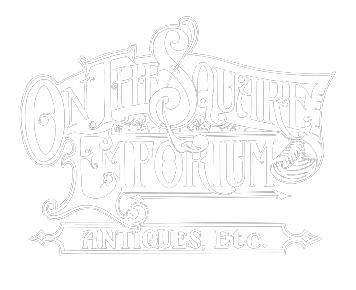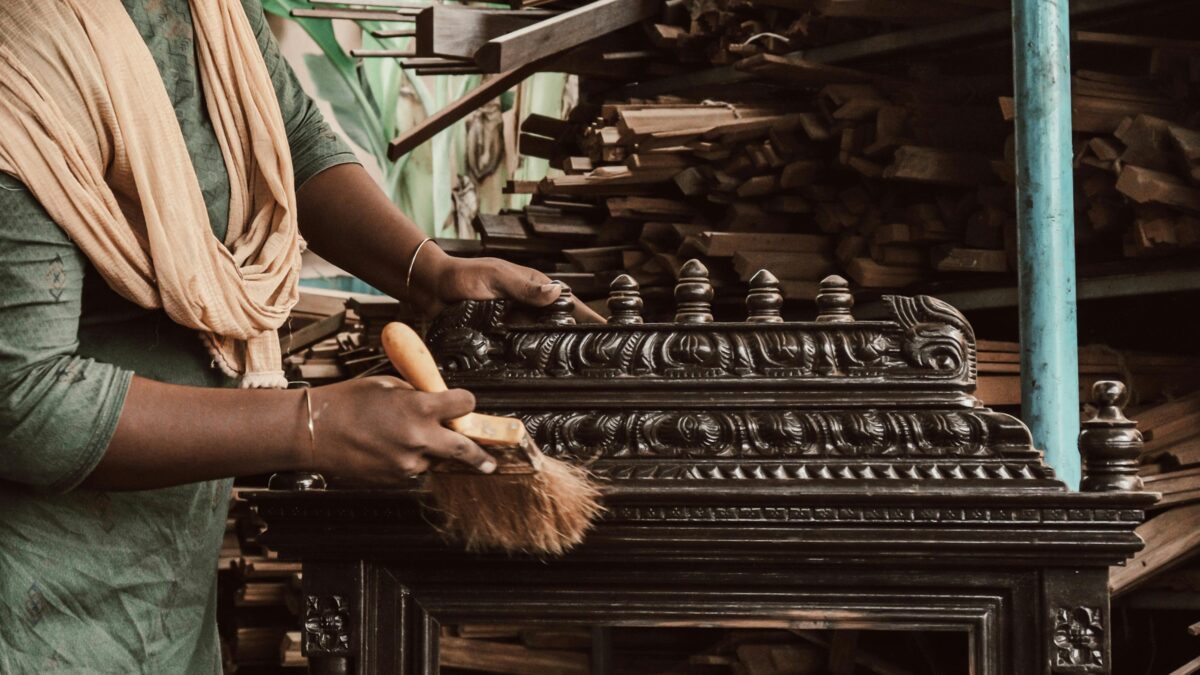
Antiques are a stylish and sustainable way to add a special touch to your home. Each item has its own unique history – sometimes even centuries worth! We believe that such significant items should be preserved for as long as possible, whether that be with us or in your home. Anyone who wants to preserve pieces of history will first need to know how to care for antiques.
If you have been wanting to start collecting antiques but are intimidated by the prospect of caring for them, don’t worry! This simple guide will take you through a few common materials and show you how easy caring for antiques can be.
1. Wood
Antique wooden pieces tend to be much higher quality than the average piece you would find on the high street. This already puts you at an advantage in terms of the lifespan of your item. A few touch ups here and there will guarantee decades of use out of an antique piece.
If your furniture is looking a little dull, it may be in need of a wax. Although many modern wood sprays are too abrasive for antique wood, a widely available alternative is natural beeswax. This wax will nourish the wood and keep it looking bright and shiny. Beyond that, dusting between waxes is all that’s needed!
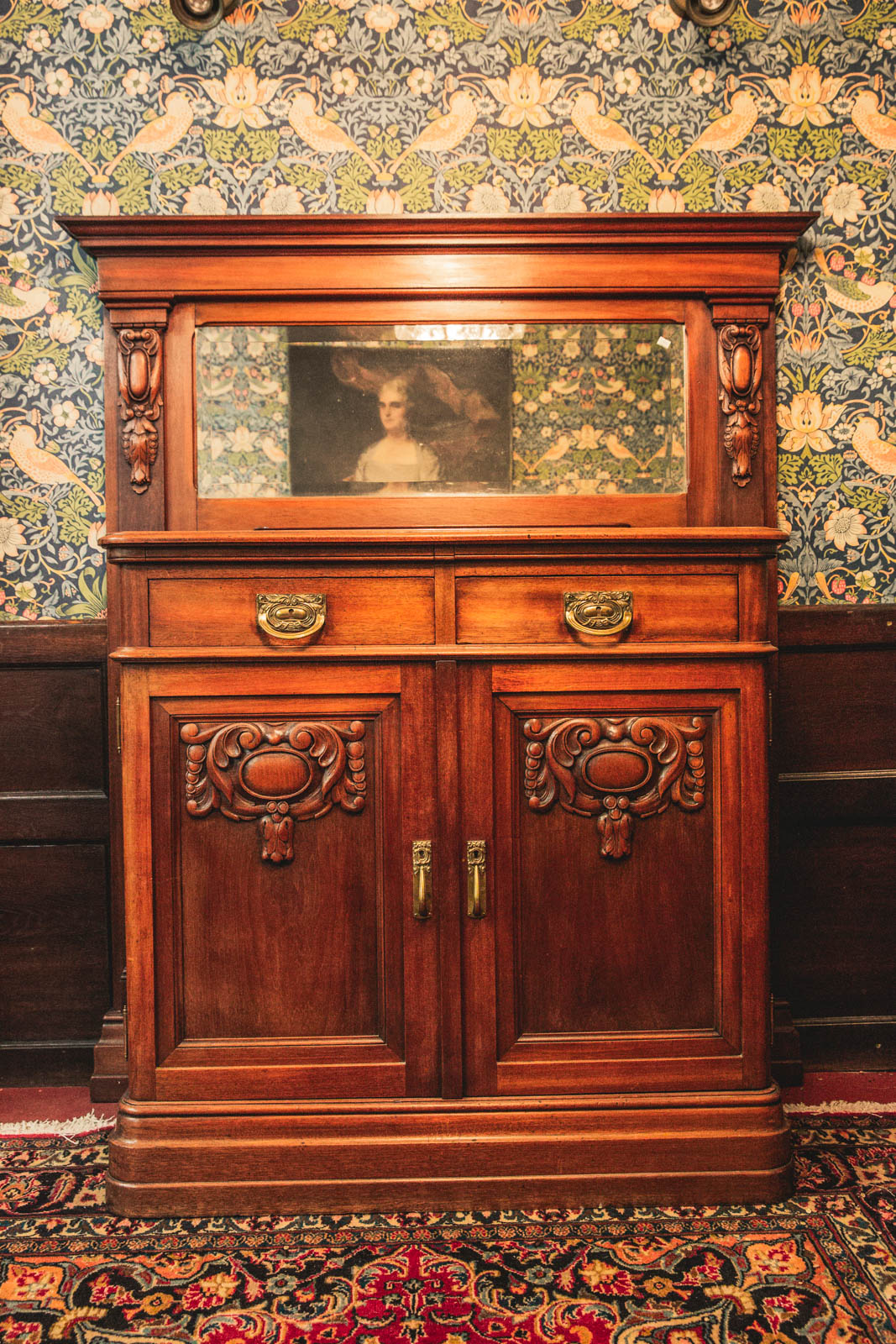

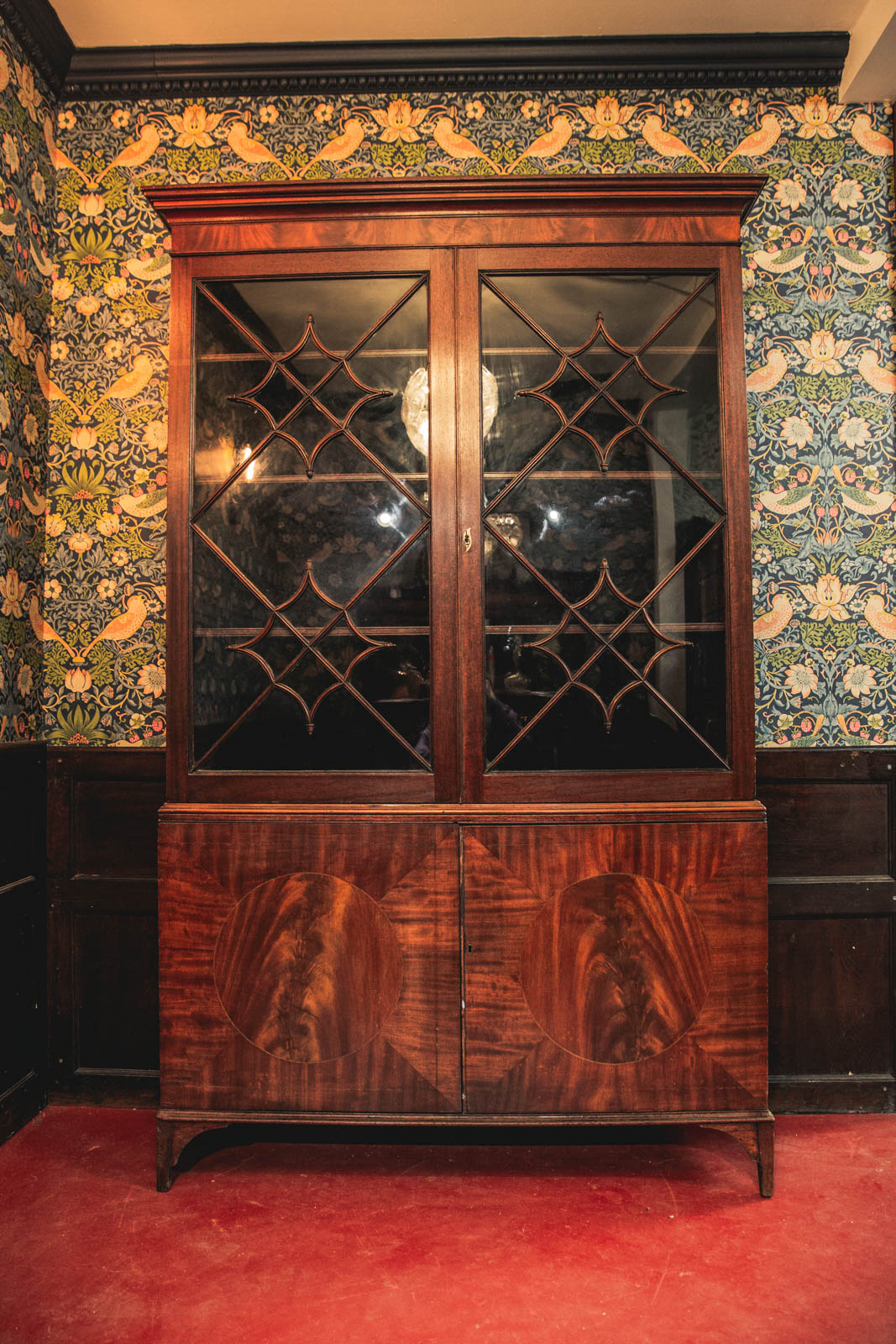
2. Leather
Leather can be a delicate material, particularly old leather. Fortunately, caring for antique leather is no more complicated than caring for modern leather.
The first step is to go over your leather with a soft, dry cloth. This helps to remove any initial dust and debris before you add any cleaning products.
The best choice for cleaning antique leather is a water-based leather cleaner. There are products available that are specifically designed for antique leather, so using one of these should simplify the process.
After cleaning, leather should be left to dry. Once dry, apply a gentle leather conditioner. It’s best to test these products on a small part of your item before treating the whole thing.

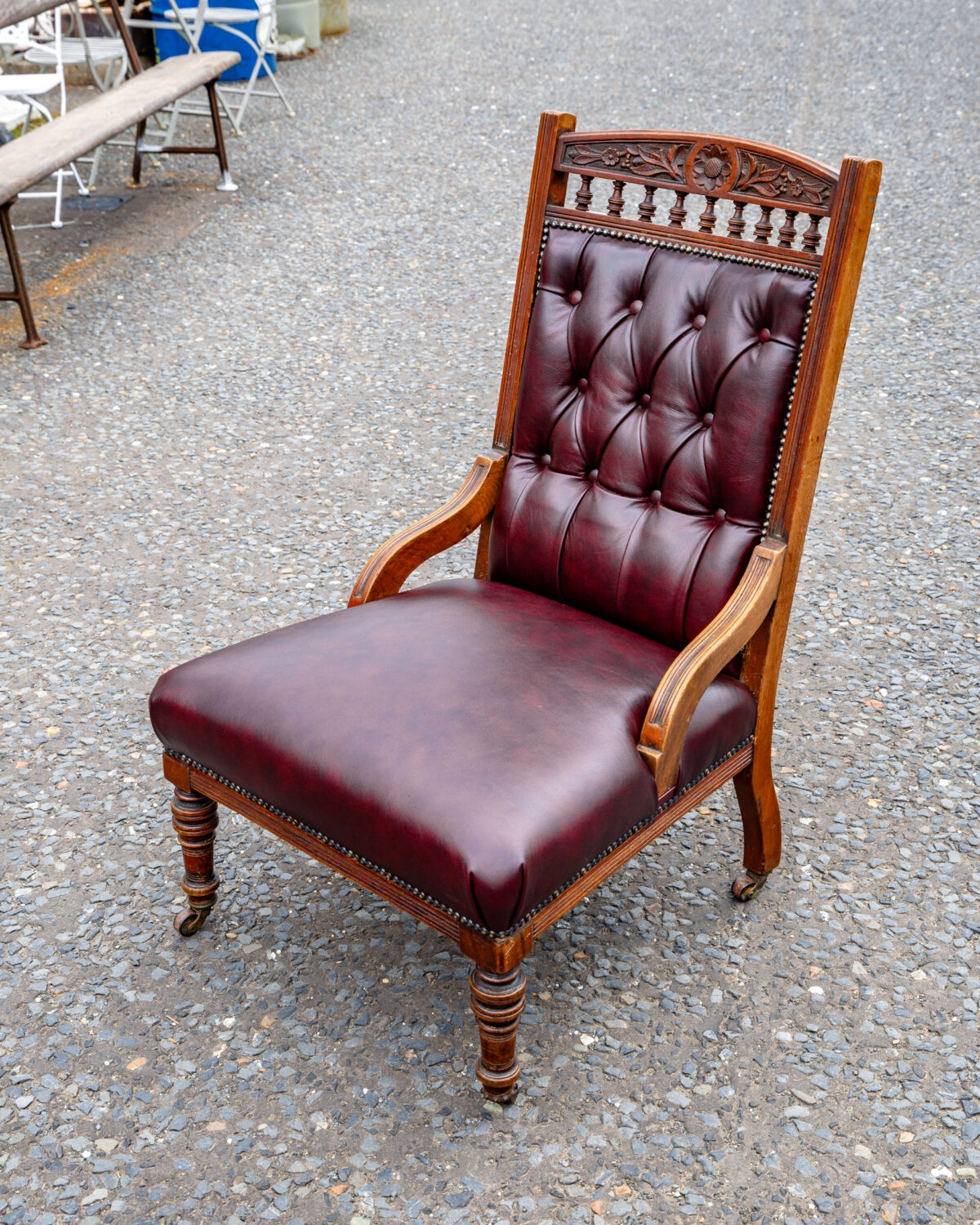

3. Metals
Antique metals are occasionally susceptible to rust. However, the solution consists of items you probably already have in your kitchen!
One method of rust removal that is appropriate for antiques is a solution of 250ml vinegar and 200ml ketchup. Smaller items can be placed in a bowl of this solution and left to soak while larger items may require hands-on application.
After the solution has had time to work its magic, you can go over the surface of an item with a sponge to remove the last of the rust.


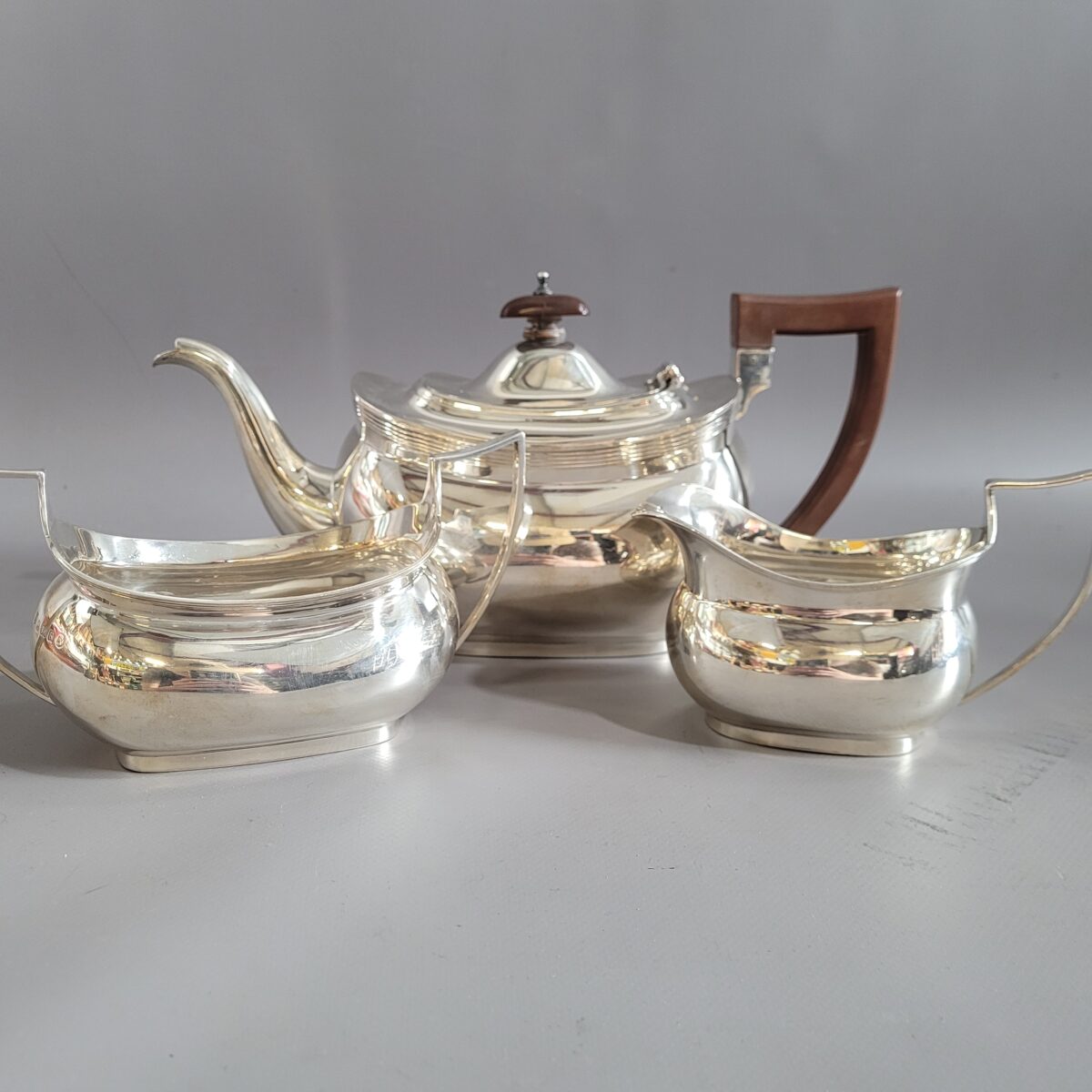
4. Damaged items
Regardless of material, there are times when you may feel an item is too far gone for simple treatments. In this case, why not give your items a new lease of life through refurbishment and repurpose?
Antiques can sometimes be restored, oftentimes making the item even more unique. For example, a worn-down chair can be reupholstered with new fabric, increasing its lifespan and making it all the more eye-catching.
Our gorgeous fabrics from Morris & Co are the perfect compliment to antique furniture, ideal for modernising a piece while still retaining timeless elegance.
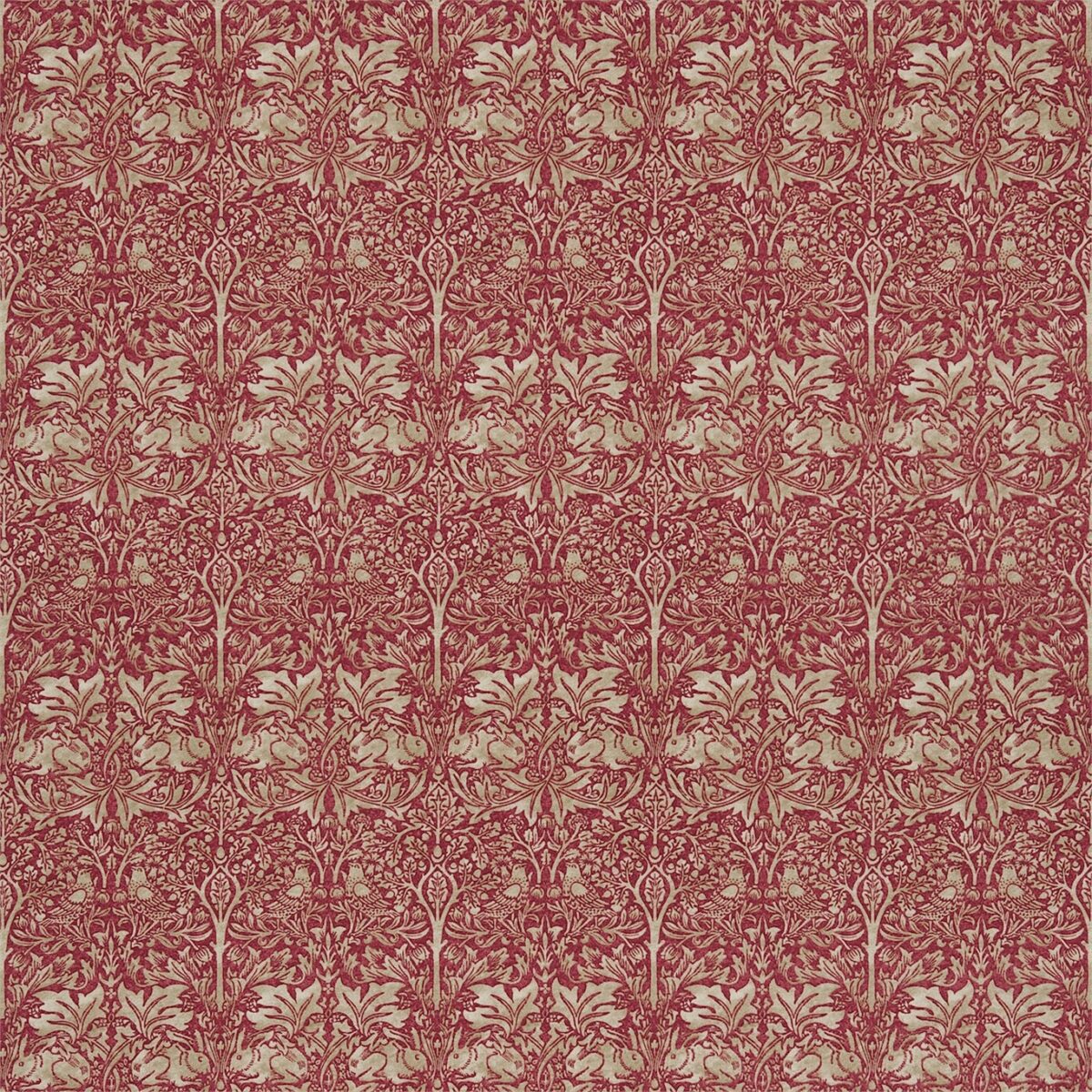

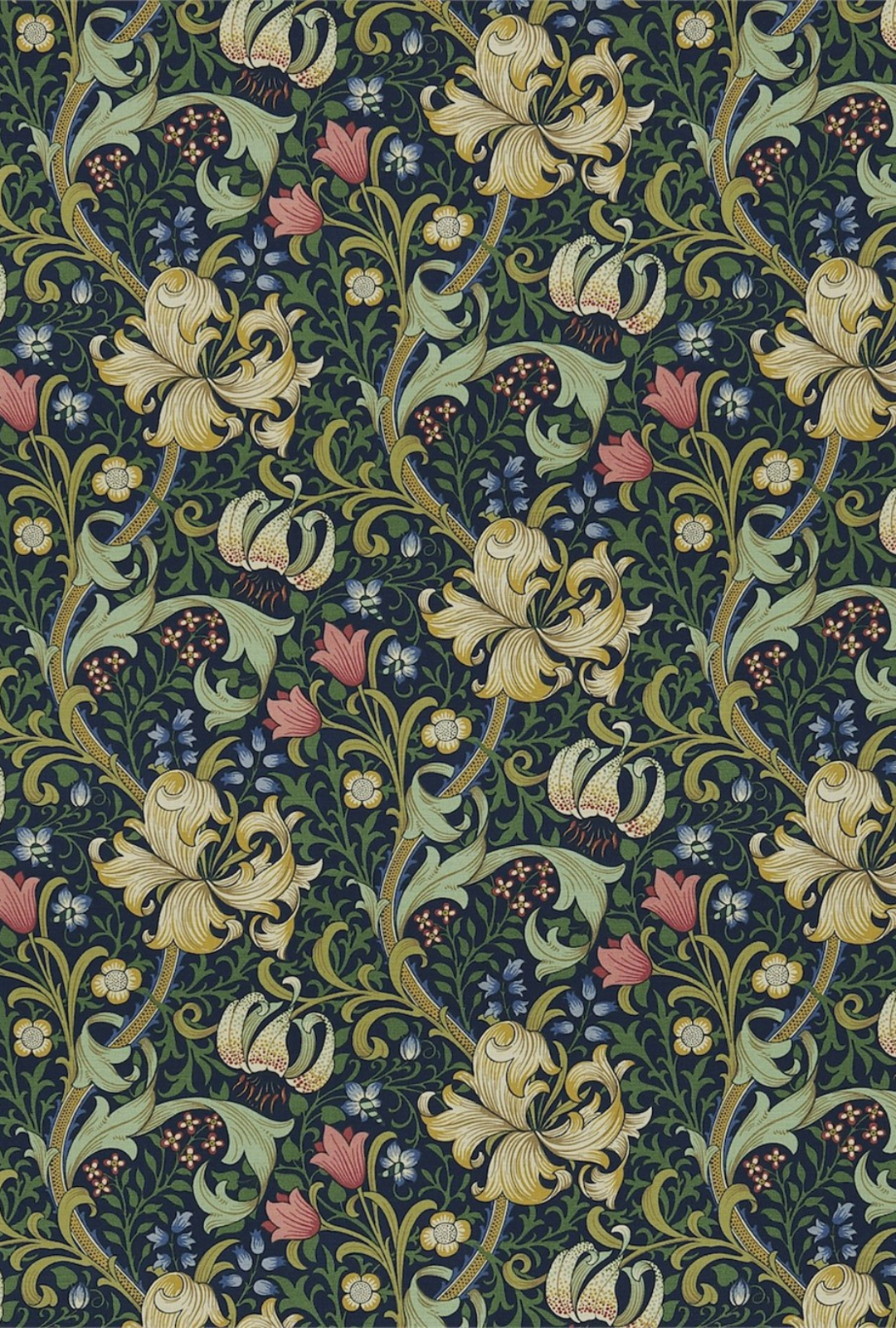
5. Anything else
If you have any items that a material not mentioned here – or if you’re just not sure – there’s no shame in seeking expert advice.
We here at OTSE would be more than happy to advise in how a specific item should be taken care of. We want them to last you as long as possible!
If you have any questions about caring for antiques, or anything else, don’t hesitate to get in touch.
To keep up to date with all that goes on at the Emporium follow us on Facebook or Instagram.
On The Square Emporium is one of Ireland’s Largest Antiques shops stocking thousands of vintage and antique items including Edwardian, Georgian and Victorian furniture, desirable collectibles and stunning decor ideas for your home. Can’t find what you are looking for? Contact our team for help on sourcing it!
